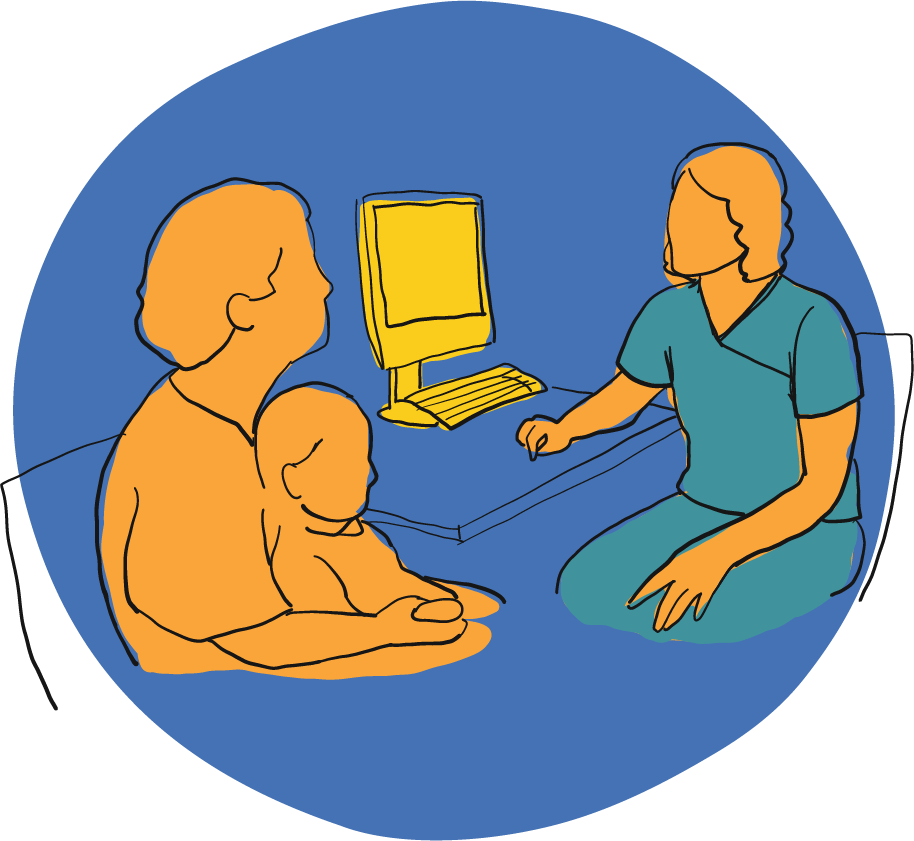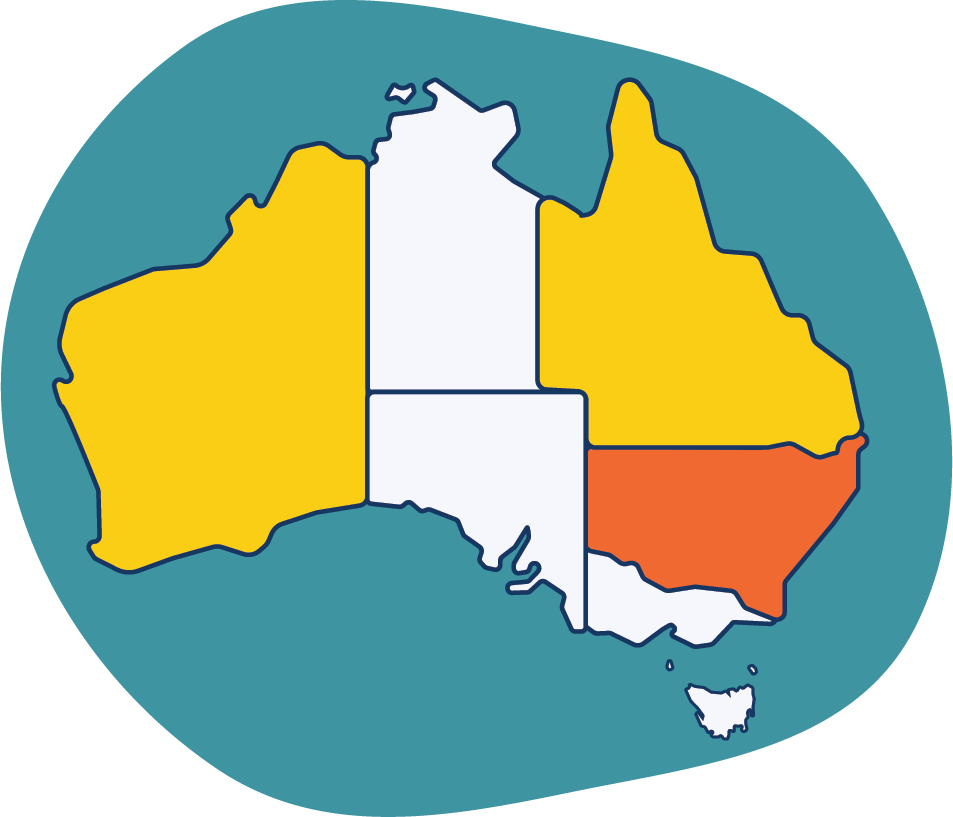AS/NZS 4370
Information about Australia and New Zealand's prescribing standard

Overview
Title: AS/NZS 4370 Restraint of children with disabilities, or medical conditions, in motor vehicles
Current version: 2013.
Review: MACA's proposal to review this Standard was accepted by Standards Australia in March 2022, with work required to commence within 12 months. However, due to the extended timelines for the review of AS/NZS 1754, this review will now be proposed for a later date.
Objective: To enable prescribers to assess the need and recommend the most suitable vehicle restraint option for a child with disability or medical condition (under 16 years) while travelling in a motor vehicle.
Scope: Sets out options for restraining a child with one or more disabilities, or medical condition, in a motor vehicle to minimize risk of bodily injury in an impact.
Did you know: This standard, despite common belief, does not include design, construction and performance requirements of restraint types used by children with disabilities and medical conditions.
The standard responsible for this is AS/NZS 1754, which is currently being reviewed. The revision includes a proposed new section to provide requirements for variations to Australian standard car seats for children with disabilities and medical conditions. This means we may see child restraint systems specifically designed for children with disabilities and medical conditions complying with Australian standards in the future.
Purchase: You can purchase this Standard from SAI Global.

Reviewing the standard
All standards, especially those directed towards injury prevention and safety, should be reviewed and updated regularly to ensure that the standard reflects contemporary research and knowledge. There is a special obligation to ensure that AS/NZS 4370 is optimal given that children under 16 years with disabilities and medical conditions are already at heightened risk of injury in a crash.
Since the last revision of AS/NZS 4370 in 2013, there have been significant developments impacting on this standard including MACA's research and Australian Safety Assessment Program, the establishment of the National Disability Insurance Scheme (NDIS), the current review of AS/NZS 1754 and the development of a new standard that is considering harnesses/vests. This means the standard needs reviewing to reflect these developments.
Our proposal to Standards Australia to request a review of AS/NZS 4370 has been accepted, and will commence before the end of 2022.
In the interim, our website provides easy access to the latest evidence based information.

Inclusion in road laws and standards
Following the last review of AS/NZS 4370, Queensland, the ACT, Western Australia and the Northern Territory reference this standard in road rules or other legal requirements. New South Wales has referenced AS/NZS 4370 in a Vehicle Standards Information notice since 2007.
MACA is advocating for increased referencing of this standard to promote national consistency, and in some cases to address state or territory gaps and barriers in legislation/policy, impacting on the safe transport of children with disabilities and medical conditions. MACA's website will be regularly updated in response to legislative changes.

Prescribers
The people responsible for assessing and prescribing for a child’s vehicle restraint needs are referred to as “prescribers” in this standard. Prescribers include, for example, occupational therapists, physiotherapists, medical practitioners, and rehabilitation engineers.
The assessment process guides the prescriber to consider a range of factors including:
- those related to the child and their disability, medical condition or behavioural challenge
- the capacity of the parents/carers to appropriately restrain the child – which includes physical, practical and financial constraints
- the vehicle(s) in which the child will be travelling, and
- restraint options available




